Ropeless fishing gear lending program provides lifeline to Nova Scotia fishers amidst closures due to the Northern right whale crisis
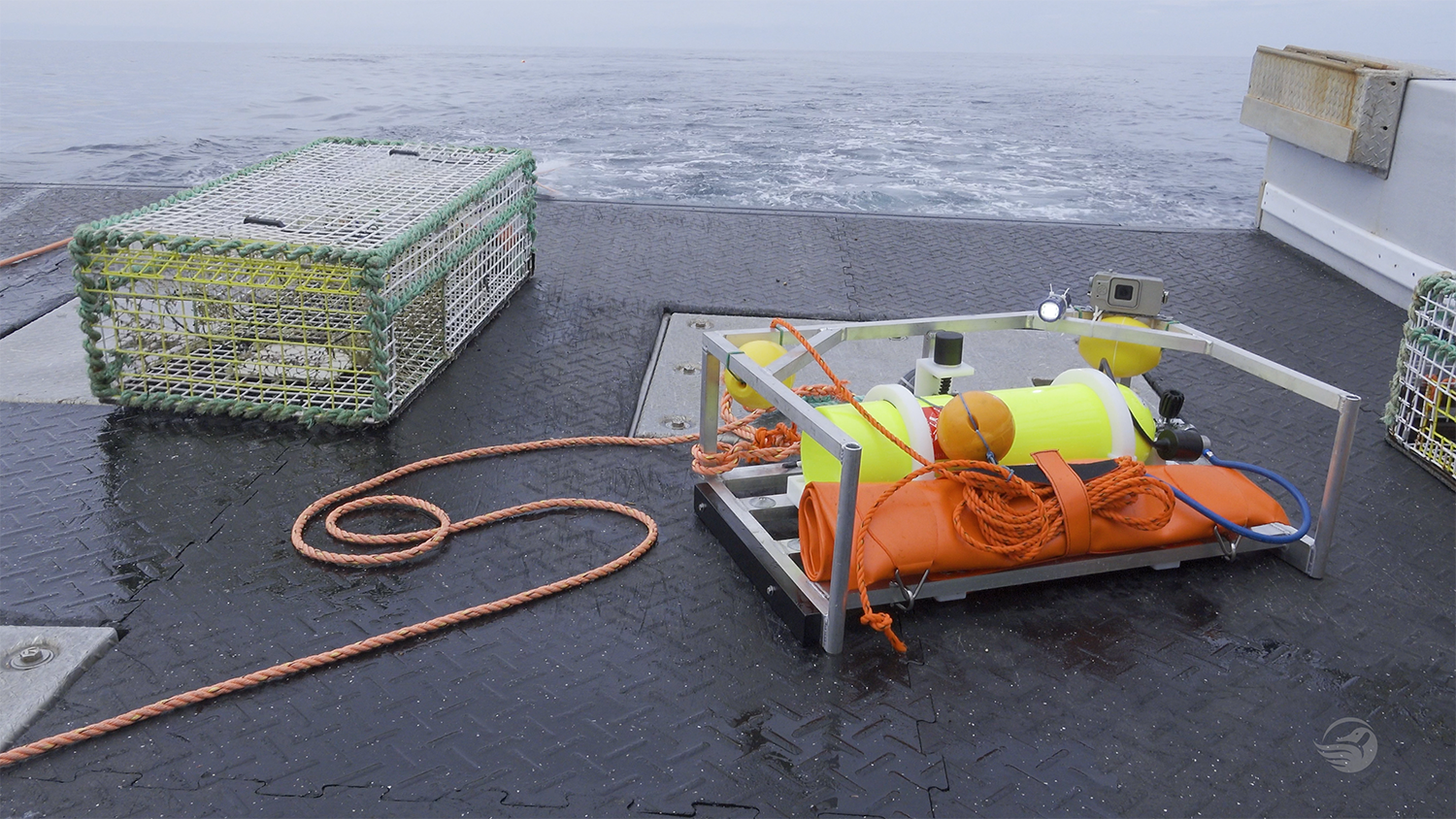
Snow crab fishers in one area of Nova Scotia had a new visitor this season and found themselves closed out of their fishing waters.
“We got a 37 percent cut in our quota and [Northern right] whales presented themselves in our zone for the first time ever so [it was] quite stressful,” said Marc Lefort, a snow crab harvester in western Cape Breton Island and a member of Area 19 Snow Crab Fishermen’s Association in Cheticamp, N.S. He’s been fishing for 19 years in the area. “It was a challenging season.”
The Northern right whale is critically endangered and conservation efforts have targeted fisheries using fixed gear, or traps connected to buoys by rope. Because whales can be entangled in the fishing gear, fisheries for lobster and snow crab have been forced to think of new measures – and new fishing gear – to protect the marine mammals.
However, Lefort was able to tap into a workaround to closures: ropeless fishing gear. Lefort is one fisher who has worked with the CanFish Gear Lending Program to trial the equipment in his area, a program that might be the solution to the right whale crisis. And for some, it’s a try-before-you-buy opportunity that’s prompting them to purchase their own.
The CanFish lending program, created by the Canadian Wildlife Federation and based in Halifax, Nova Scotia, provides ropeless fishing gear to use during closures – free of charge. Modeled on a tool-lending library, fishers are trained to use the gear and can then request it in the event of a closure. And for some, the experience is prompting them to purchase their own equipment.
With more closures happening and the federal government this past summer legalizing fishing without a buoy, some say it’s an inevitable change.
Part of the problem is that right whales are unpredictable animals, according to Sean Brillant, a conservation biologist who heads the program, and another is they’re responding to changes in climates and oceans.
Can using biodegradable fishing gear help reduce the cost of ghost fishing?
“The world, our climate and our ocean are changing in ways that we have difficulty comprehending and the whales are reacting to that,” he said.
Twenty years ago, for example, Northern right whales congregated in the Bay of Fundy between Nova Scotia and New Brunswick. But they’ve changed locations over the past six years, and large numbers have been coming further north into the Gulf of St. Lawrence to feed during the summer. Between 70 to 50,000 square kilometers in the Gulf have been closed to commercial fishers to protect the whales for the past five years, said Brillant.
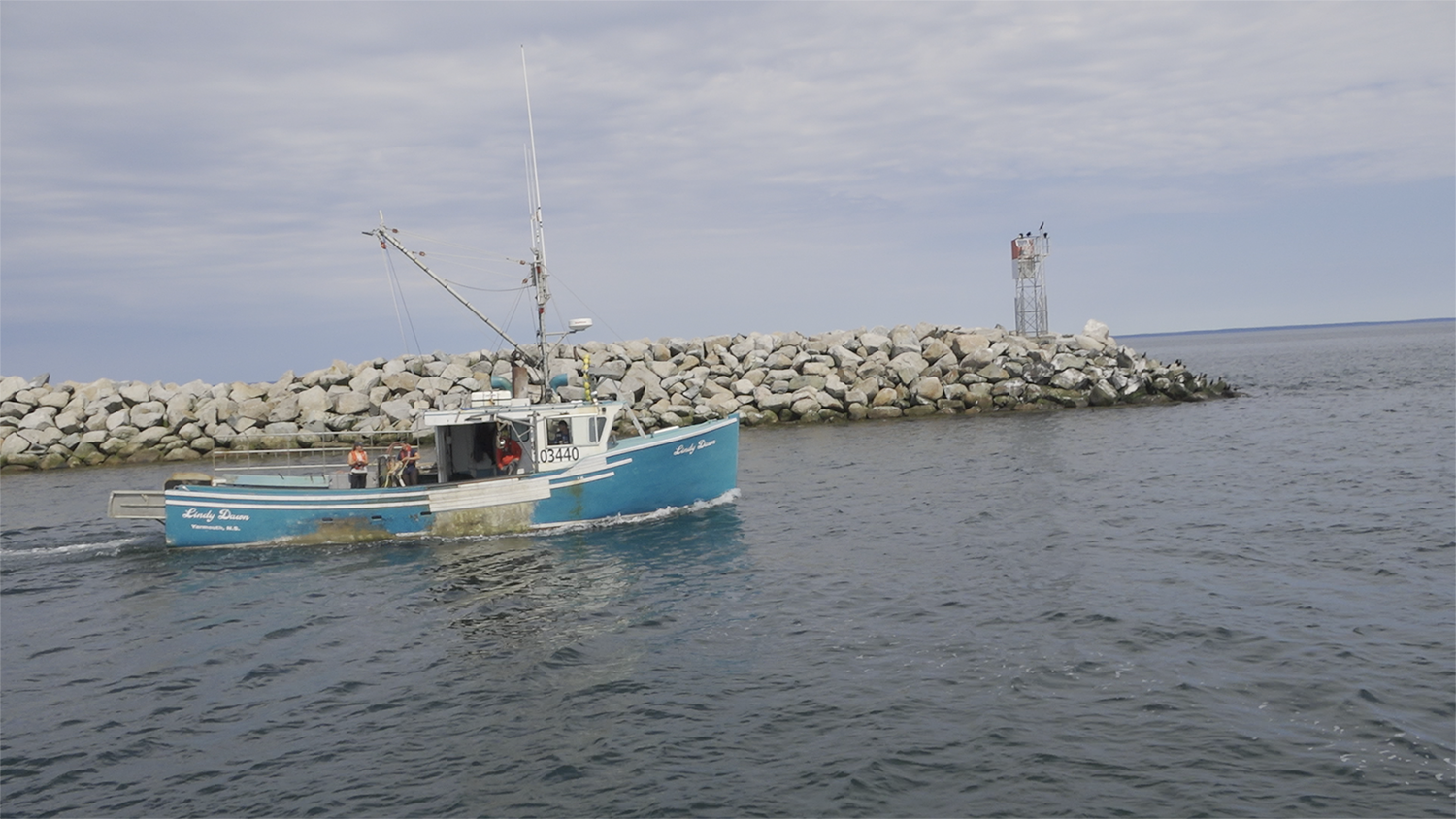
CanFish has been trialing ropeless fishing gear for the past five years, so far completing 1,000 trials with nine different ropeless systems and partnering with 20 snow crab and lobster commercial fishers in the Maritimes. They’ve been taking different systems out on the water with commercial fishers as co-investigators to assess which work best, and under what conditions, and offering feedback to gear companies. It began lending out gear in the fall of 2022. The Canadian federal government was the initial major funder as part of its 2021 CAD $20 million (U.S. $15 million) Whale Safe Gear Adoption Fund; as of this year, the CWF and several foundations now support the program.
During a closure in the Tignish, Prince Edward Island, area last year, CanFish trained a dozen fishers on the gear and they were able to fish in closed areas for six weeks, completing 150 trawls and landing about half a million pounds of snow crab, said Brillant.
“Increasingly, [fishers] recognize that ropeless gear is going to represent an opportunity to fish in these areas that would be otherwise closed to what is now traditional gear,” he said.
While there has been resistance from some fishers to using ropeless fishing gear, the risk of closures is changing their minds, he said.
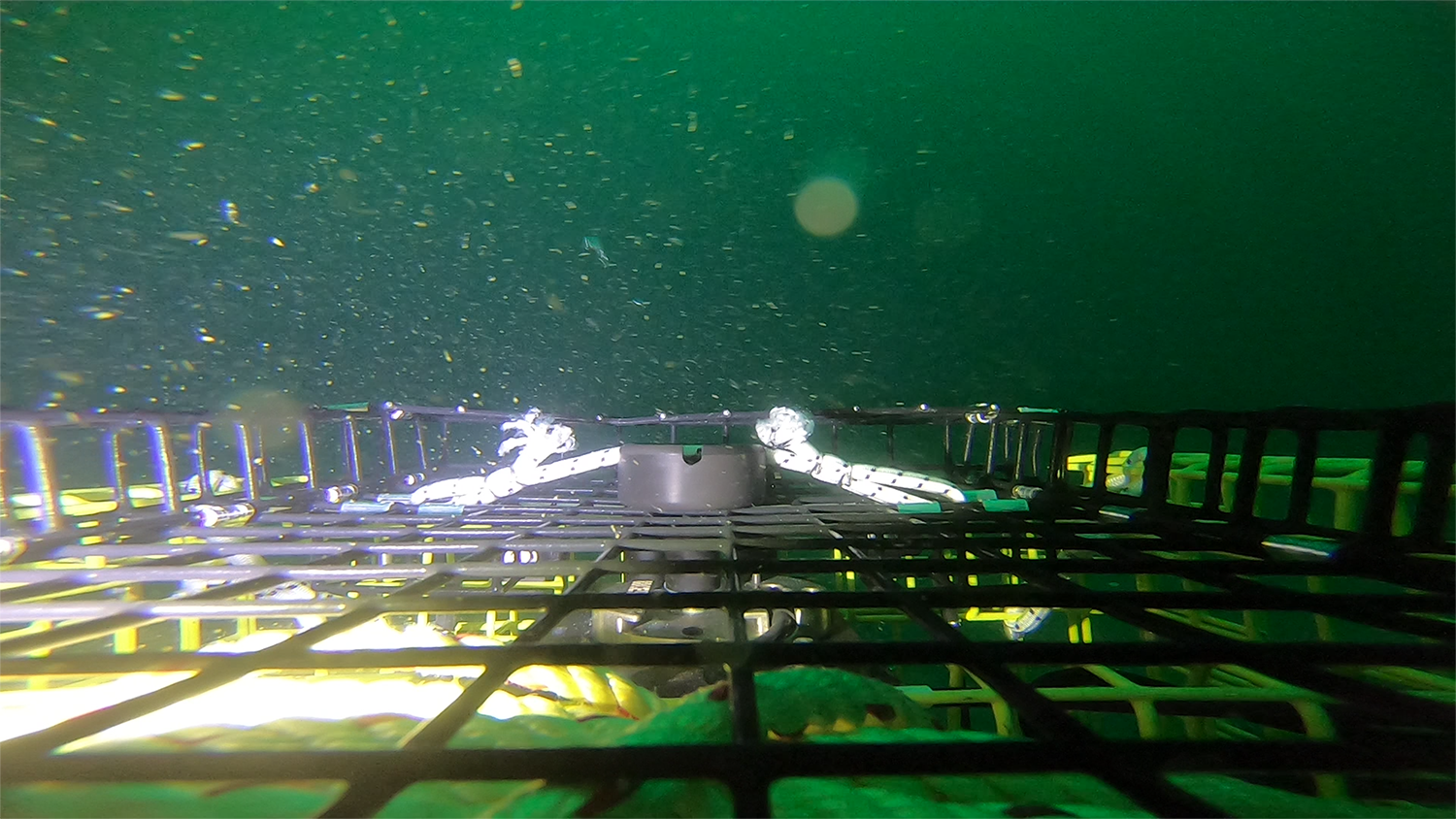
Basil Maclean is a representative with the Area 19 CFA. He says a lot of fishermen are nervous about shifting to ropeless fishing gear, but he’s also seen perspectives change towards a more sustainable approach since he began fishing 32 years ago. He considers ropeless fishing gear as inevitable and a cost of doing business. He’s buying his own from local Halifax company Ashored, looking at a cost of around CAD $50,000.
“I’ve got probably $8 or $10 million invested in this fishery now,” he said. “What’s another $50,000? That’s the way I look at it.”
Maclean is supportive of CanFish, but points out that it has a limited amount of gear. Most of the fleet, Maclean included, met its quota this year before a closure was announced; he helped others who hadn’t hit their quota access the gear and even went out with a colleague to help him learn to use it. But if the closure had happened a week early, the demand for gear would likely have outpaced availability, he said.
That’s one reason the Area 19 CFA is looking into establishing its own lending program for its members, Maclean said. Others already have. After trying out the gear from CanFish, both the PEI Fishermen’s Association and the Acadian Crabbers Association bought gear to loan out to their members in case of closures, according to Brillant.
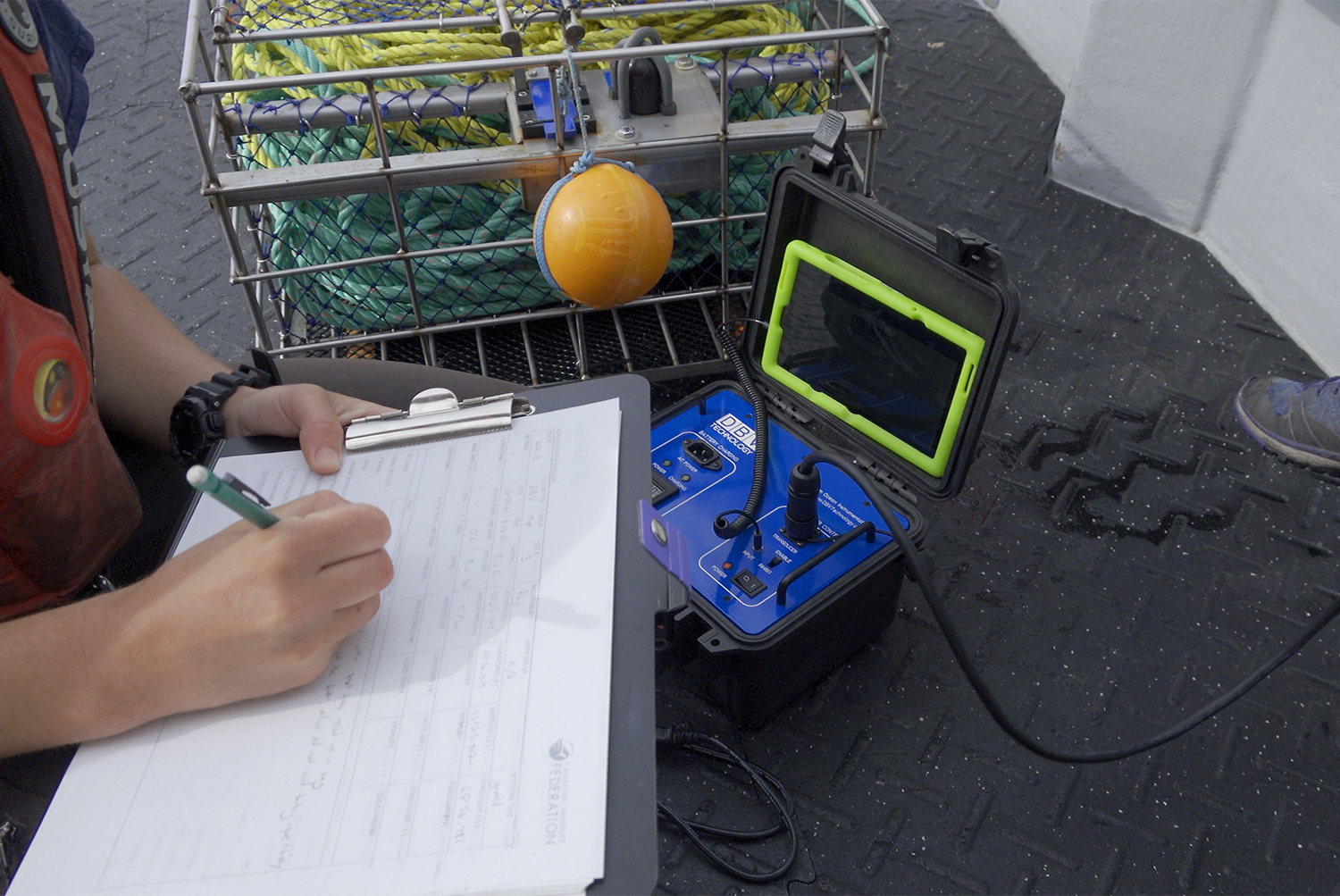
“I think people will soon learn it’s either you get on board with these systems or you’re not going to be in business,” Maclean said.
Brillant cautioned that the technology continues to develop, and some may be better putting purchases on hold for future iterations. The systems they’ve trialed have worked well but there are still hiccups. Lefort says they’ve had problems with the buoy line interacting with the ground line. Another issue is that tracking software from different gear companies don’t communicate with each other, so fishers don’t know where other boats are unless they’re on the same system.
“We’re closing in on something that might work for the fishery, but we’re not quite there yet,” said Lefort.
Some boats are too small and don’t have the deck real estate to use this kind of gear, said Maclean, and smaller boats with smaller quotas will likely find the cost prohibitive, at least for the moment.
But they’ll have access to CanFish gear. The organization will offer gear training this fall and next spring. And the regulation changes that make ropeless fishing legal – CanFish has used scientific research permits thus far – are “opening the door to ropeless fishing in Canada,” said Brillant. Like other industries transitioning towards more environmentally sustainable practices, he thinks funding from public money is a plausible idea.
“I don’t think it’s unreasonable to think that there could be some assistance programs of some sort,” he said.
But many fishers, like Maclean, aren’t waiting. He will have his own gear ready for next summer, just in case.
“It’s too expensive to stay home,” he said.
Now that you've reached the end of the article ...
… please consider supporting GSA’s mission to advance responsible seafood practices through education, advocacy and third-party assurances. The Advocate aims to document the evolution of responsible seafood practices and share the expansive knowledge of our vast network of contributors.
By becoming a Global Seafood Alliance member, you’re ensuring that all of the pre-competitive work we do through member benefits, resources and events can continue. Individual membership costs just $50 a year.
Not a GSA member? Join us.
Author
-

Danielle Beurteaux
Danielle Beurteaux is a journalist based in Montréal who writes about science, the environment and business.
Related Posts
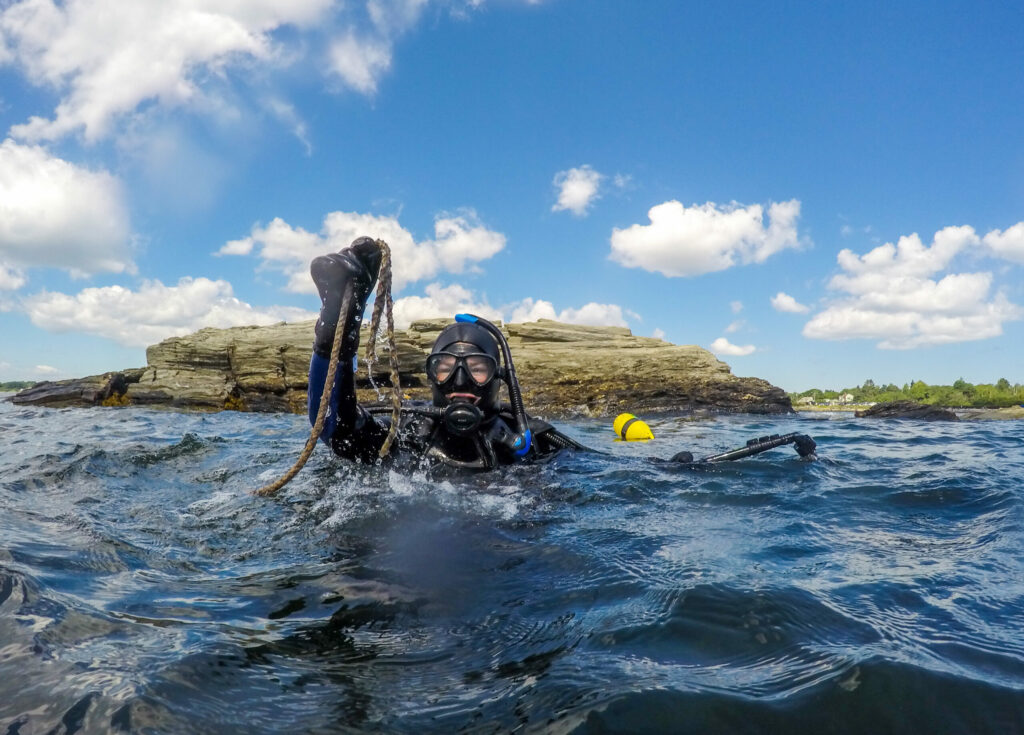
Fisheries
The hidden cost of ghost gear lost by fishing and aquaculture
Abandoned, lost or discarded fishing gear can inflict damage on marine life and the ocean, but what's the economic cost of ghost gear?
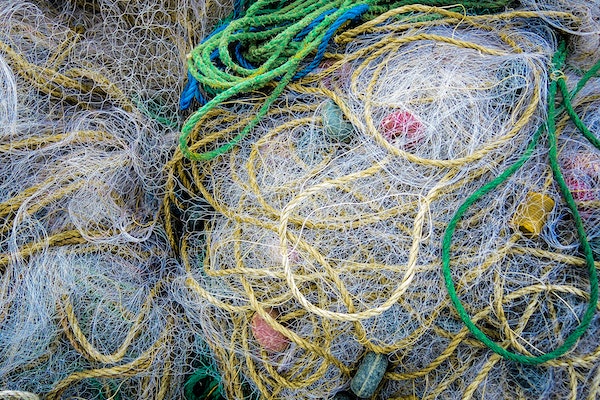
Responsibility
Can marine plastic from fisheries and aquaculture be upcycled into new things?
A SINTEF project is investigating how marine plastic used in fisheries and aquaculture can be turned into new products.
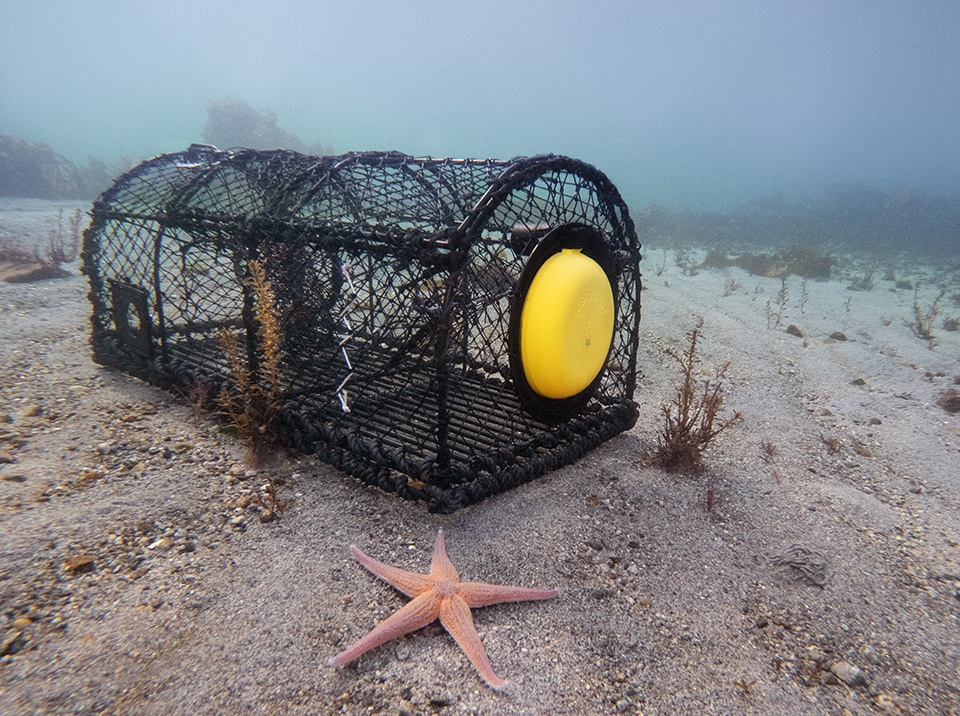
Fisheries
From reporting apps to floating traps: How technology tackles ghost fishing
The global ghost fishing problem has negative environmental and economic impacts, but new technology could help locate and retrieve lost fishing gear.
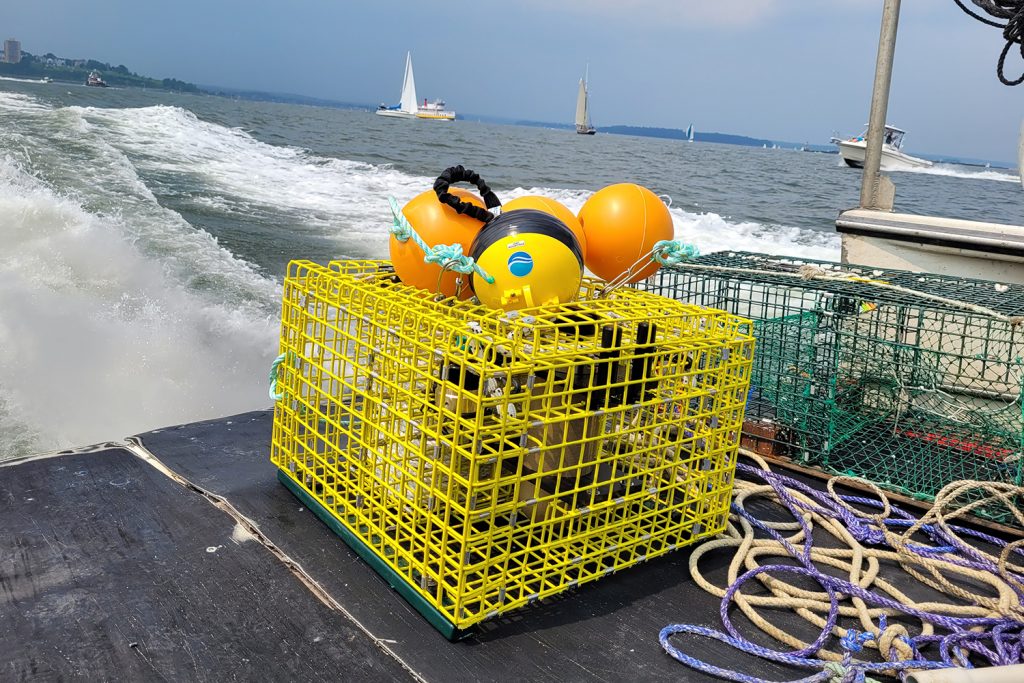
Fisheries
Rethinking ropes: Can ropeless fishing gear end whale entanglements?
Ropeless fishing gear can prevent whale entanglements and reduce the amount of discarded or lost fishing equipment but the cost is a limiting factor.


